
A surge of developments seek to meet increasing demand for over-55 housing
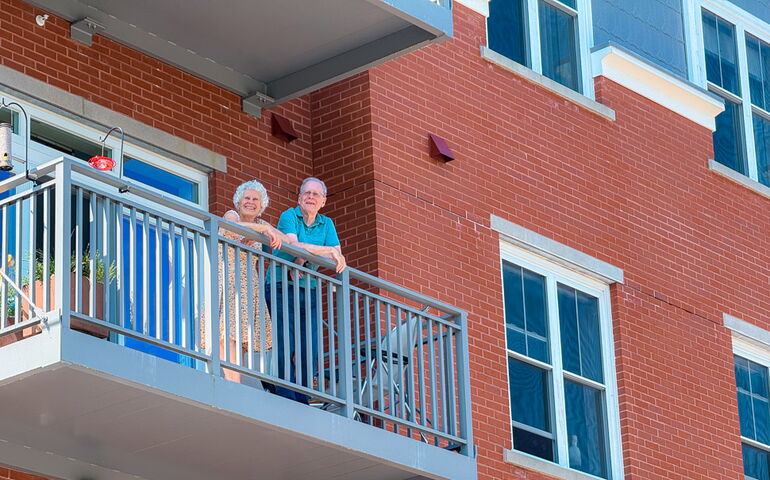 PHOTO / COURTESY OF Developers Collaborative
Stevens Square at Baxter Woods is a 55-plus active adult community in Portland.
PHOTO / COURTESY OF Developers Collaborative
Stevens Square at Baxter Woods is a 55-plus active adult community in Portland.
People are living longer and while there are many benefits to longevity, the collision of multiple aging generations is taking a toll on an already burdened housing system. Housing crises are happening throughout the nation, with older populations being some of the hardest hit.
Meeting the housing needs of Maine’s seniors
The demand for 55-plus housing and assisted living facilities is increasing both due to increased longevity and escalation of housing costs, making it harder for older individuals to afford to live in their homes. According to Megan Walton, CEO of the Southern Maine Agency on Aging, nationally, people over the age of 50 are the fastest growing segment of the homeless population.
“It’s sad and it’s also scary, because these are people who, in a lot of ways, have done everything right. They’ve had a job, they’ve started to save for retirement, and yet, the cost of living is high, and the supply of housing is so low compared to the demand,” Walton says. “We’re really in for a harrowing season ahead when it comes to housing for older adults.”
Those with lower incomes who qualify for MaineCare are subjected to waiting lists due to limited housing while affluent individuals can afford their pick of communities. “It’s the folks in the gap that I worry a lot about,” Walton says. This middle market is caught in between, trying to find housing stability amid limited supply and living cost increases.
Need for affordable housing
According to a 2024 AARP survey, 20% of adults aged 50-plus have no retirement savings, and 61% are worried they will not have enough money to support them in retirement. This financial insecurity is reinforcing the need for affordable senior housing.

Tyler Norod, development director for Westbrook Development Corp., argues that communities are more welcoming to senior affordable housing, but more needs to be done, especially as aging generations collide.
“Millennials and baby boomers are going to share this housing type pretty soon,” he says. “The oldest millennials, and the youngest baby boomers are going to overlap and qualify for 55-plus housing. The two biggest demographic cohorts are going to have the same need, at the same time, and right now, we’re just not building it fast enough.”
Opened in September 2024, Stroudwater Apartments in Westbrook is an example of a 55-plus community with household incomes at or below 60% of the area median income. The one-bedroom apartments typically include utilities with rents regulated by MaineHousing to assist seniors on fixed incomes.
Westbrook Development has more projects on the horizon in Biddeford, Windham and Westbrook to further housing options in the future, especially as younger generations struggle to save for retirement.
“It takes a long time to build a building, and we need to start doing it now at a faster rate than we’re already doing. I’m just happy that something’s getting built, and hopefully we can continue to do more,” he says.
Building a way out of crisis
Portland-based Developers Collaborative has built nearly a dozen senior housing projects across the state and is one of Maine’s largest developers of affordable housing.

In addition to Maine having the highest elderly population in the nation, the state is also a favored destination for out-of-state retirees who enjoy the scenery and lifestyle. The population blend is furthering the demand, according to Developers Collaborative partner, Kevin Bunker.
“You have these two groups colliding nationally, and this population increase, this ‘silver tsunami,’ then you also have Maine being a net beneficiary on top of that, because people want to come here. So, it’s about managing that demand without losing the quality of what makes Maine special in the first place,” he says.
Developers Collaborative’s portfolio includes a mix of new complexes and historic buildings with affordable housing and market rate units meaning that residents who are paying $800 a month are near those who paid $800,000 for a condo, underscoring the wide economic diversity of Maine’s senior population.
While demand is rising exponentially, construction costs and rising interest rates are hindering the industry according to Bunker.
“We have to figure out how to manage our construction costs in Maine. That’s our take. Our biggest housing challenge is not so much figuring out how to crunch out units, but how to create the infrastructure that can crunch out the units,” he says.
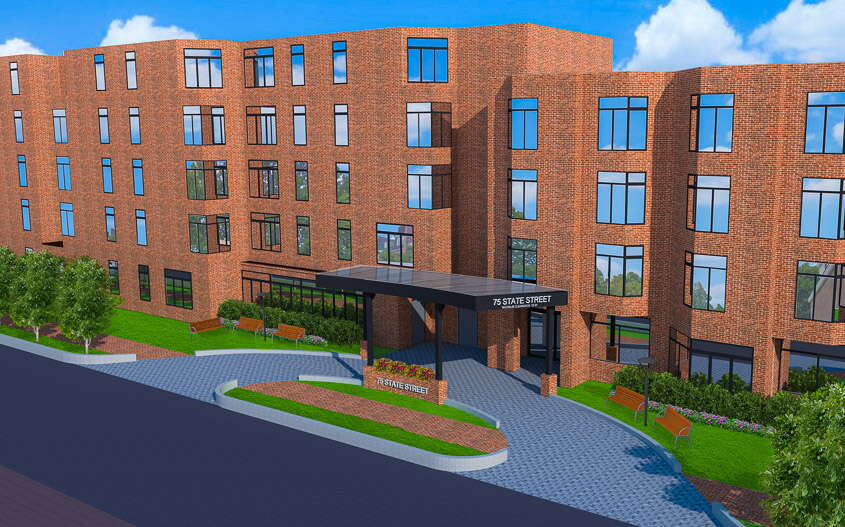
Designed for dignity and care

A decade ago, Amanda Gilliam worked at the Kennebunk elementary school she once attended, after it had been converted into Park Street Apartments. Now, as Avesta Housing’s vice president of property management and resident services, Gilliam recalls how happy local residents were to have the opportunity to remain in the community where they grew up.
As the largest nonprofit affordable housing provider in northern New England, Avesta Housing focuses on repurposing historical landmarks so that senior housing developments blend seamlessly into the character of the communities. Their portfolio is comprised of 100 properties in Maine and New Hampshire with more than half of them dedicated to 55-plus communities.
“All of us want to live near the people that we love, near our friends, our faith communities, which is why it is critical to have affordable older adult housing in communities all over Maine and not just in one area,” Gilliam says.
Gilliam has seen firsthand older adults’ lives suddenly take a turn when a spouse dies or a medical event happens, and they are no longer able to afford their homes. Out of the 2,700 applications that Avesta Housing processed last year, 40% were for households 55 years and older.
“It’s estimated that Maine will need up to 45,000 affordable homes by 2030, which is only five years from now,” she says.
Avesta Housing also offers assisted living at the Inn at Village Square in Gorham and 75 State Street in Portland. State Street is a 503C community that has been serving older Mainers for over 170 years and is currently undergoing a $14 million renovation.
Katy Smith, Avesta Housing’s vice president of senior living, says that State Street’s longstanding reputation and financial accessibility makes it unique.
“The longevity of our community sets us apart, as well as our not-for-profit status, we are one of the few communities that after a private pay requirement participate in MaineCare, so our residents that meet the two year private pay requirement are able to stay in our community, as opposed to being asked to move on to a MaineCare community,” she says.
Longer living means that the community must be able to tailor their services to people from 60 years old to over 100. In fact, the State Street location even had mother and son residents, both of whom needed assisted living.
The senior housing crisis is here, but Smith wants the focus to remain on the dignity of seniors throughout the state, especially those in assisted living. Time is precious, especially for Maine’s older community members who worked hard and lived full lives.
“We really think about this is the day, we’re not waiting for tomorrow to do the thing. If a resident wants to do this art class or take a trip, let’s get on it, because we have today to make this happen,” Smith says about her mentality for serving residents. “My team has a sense of urgency in terms of once today’s gone, it’s gone, so let’s make it a good one.”





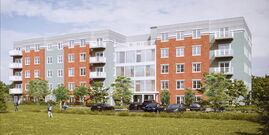
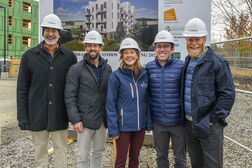

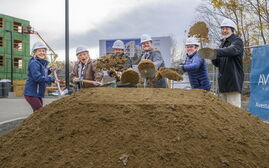

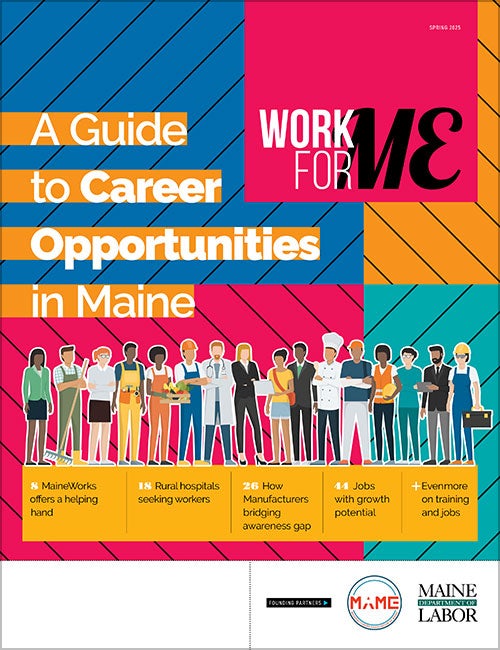
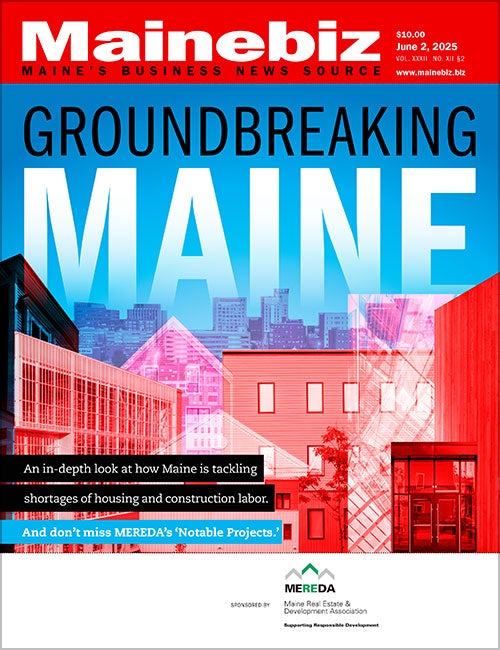

0 Comments